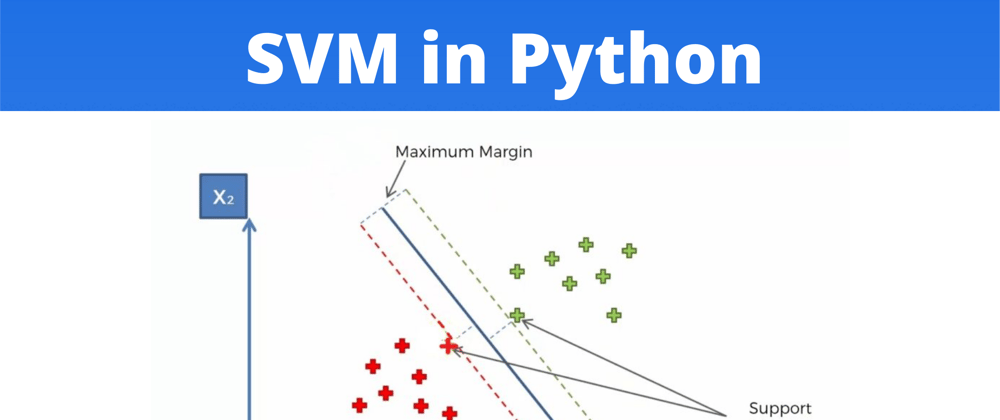In this article, I am gonna share the SVM Implementation in Python From Scratch. So give your few minutes and learn about Support Vector Machine (SVM) and how to implement SVM in Python.
So, without further ado, let’s get started-
SVM Implementation in Python From Scratch
Before moving to the implementation part, I would like to tell you about the Support Vector Machine and how it works.
What is a Support Vector Machine?
SVM was developed in the 1960s and refined in the 1990s. It becomes very popular in the machine learning field because SVM is very powerful as compared to other algorithms.
SVM ( Support Vector Machine) is a supervised machine learning algorithm. That’s why training data is available to train the model. SVM uses a classification algorithm to classify a two group problem. SVM focus on decision boundary and support vectors, which we will discuss in the next section.
How SVM Works?
Here, we have two points in two-dimensional space, we have two columns x1 and x2. And we have some observations such as red and green, which are already classified. This is linearly separable data.

But, now how do we derive a line that separates these points. This means a separation or decision boundary is very important for us when we add new points.
So to classify new points, we need to create a boundary between two categories, and when in the future we will add new points and we want to classify them, then we know where they belong. Either in a Green Area or in Red Area.
So how can we separate these points?
Click to continue reading...







Top comments (0)